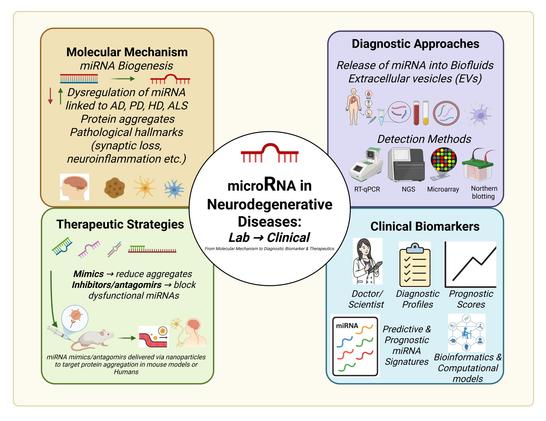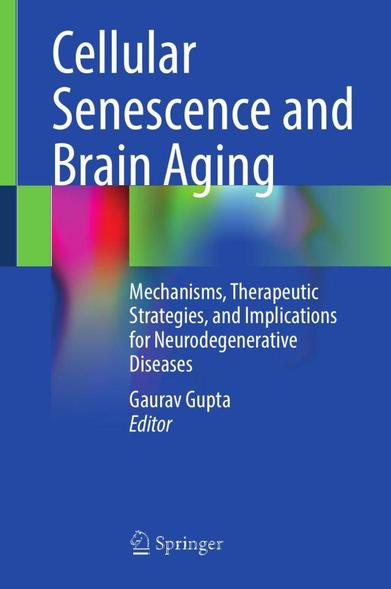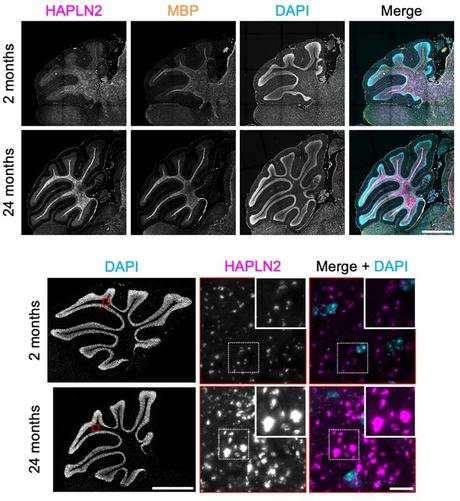RE: https://mastodon.social/@HafizHusnain/115328490796649616
This review connects molecular biology and clinical neuroscience, showing how #miRNAs could transform how we diagnose and treat neurodegenerative diseases.
Click Here to Access Full Article: https://rdcu.be/eJJJ3
#Neuroscience #Neurodegeneration #Biomarkers #miRNA #MolecularBiology #Alzheimers #Parkinsons #ALS #Huntingtons #biosensors #NGS #Diagnostics #Therapeutics #AcademicMastodon #OpenScience #springernature


